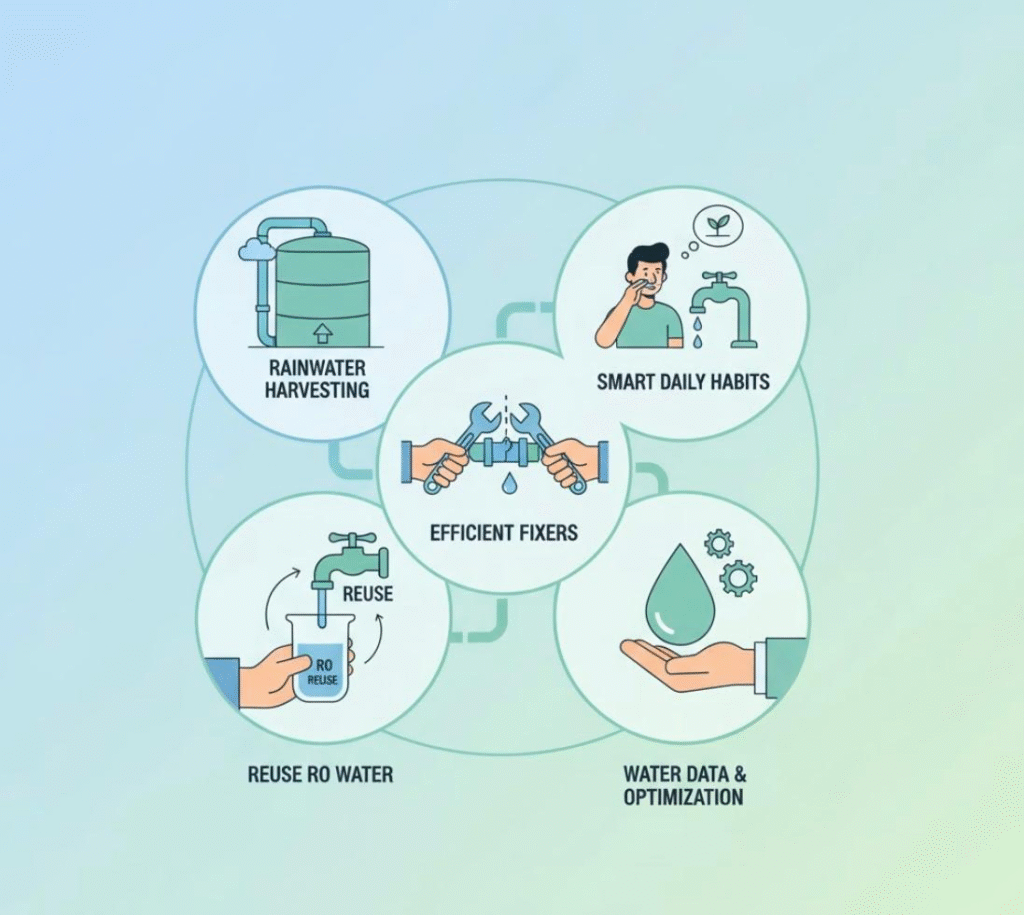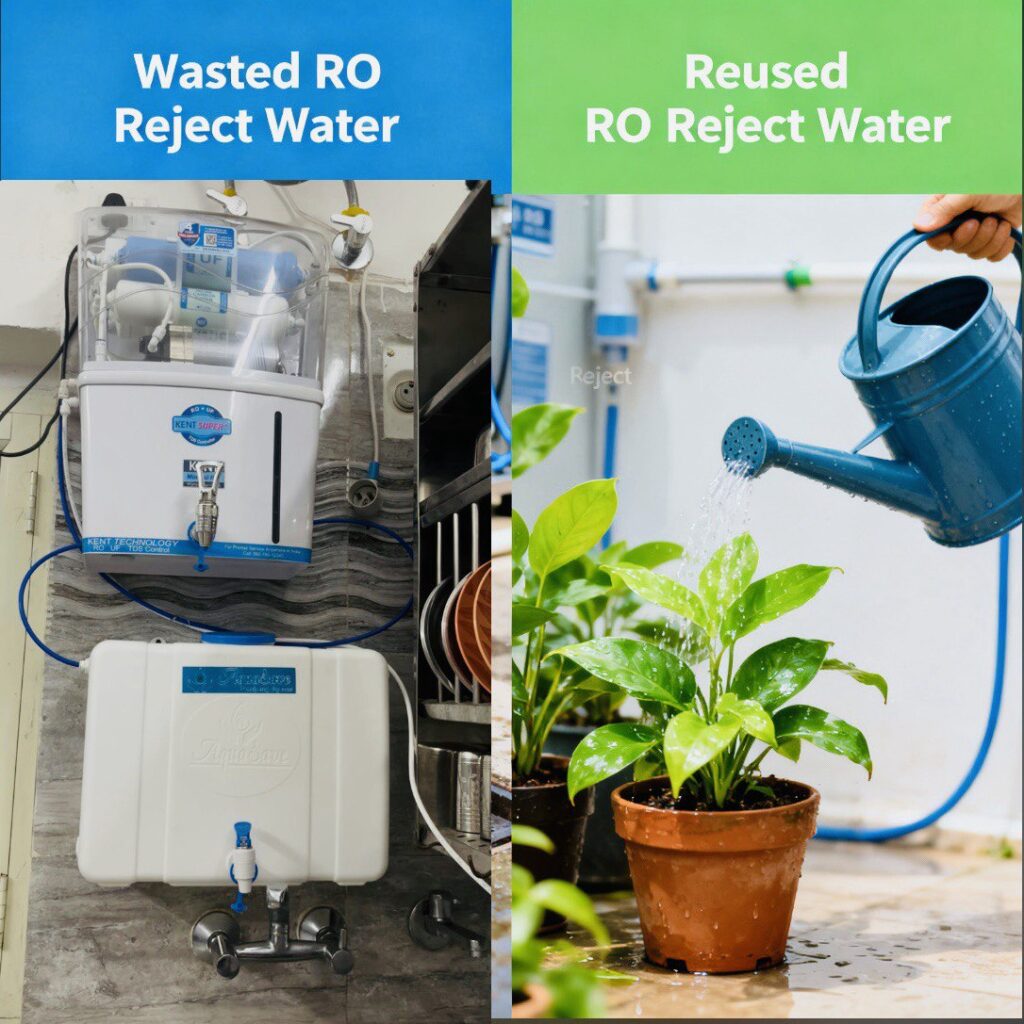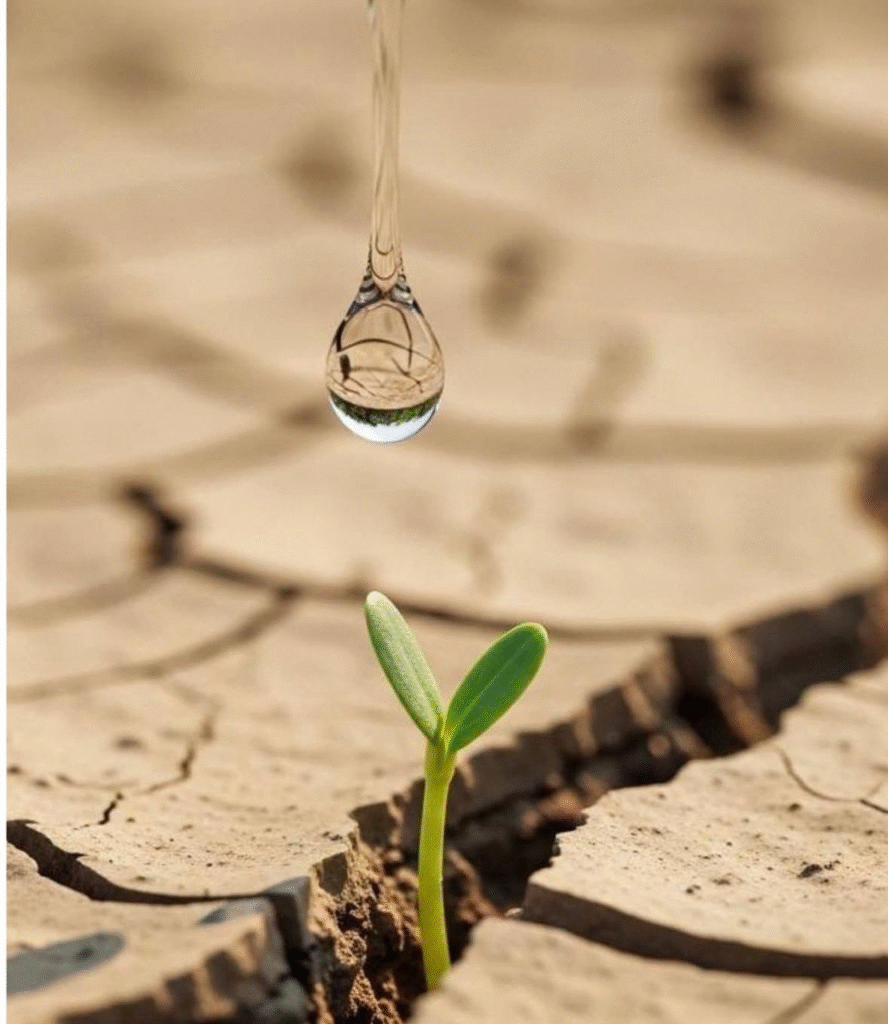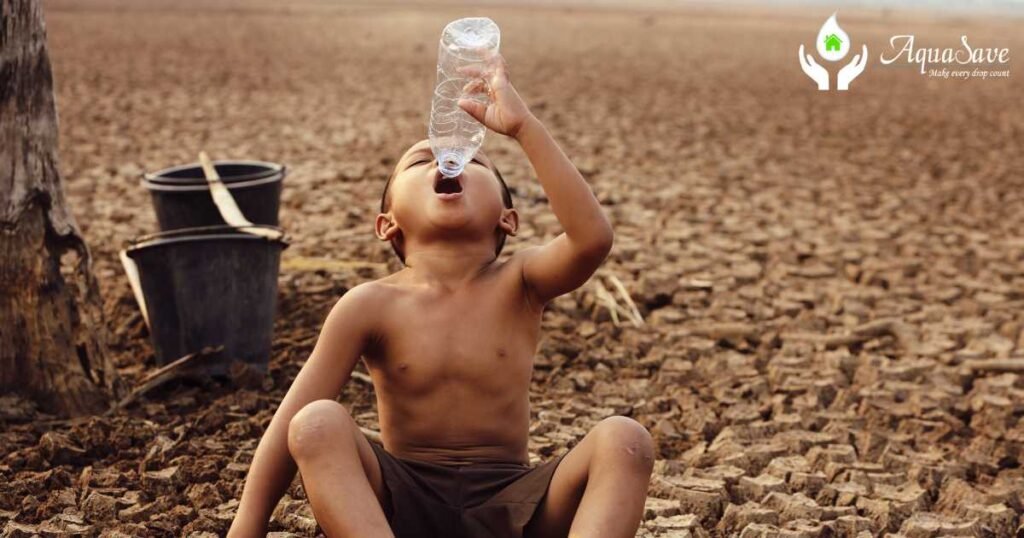Blog
From Taking to Giving Back: Why Sustainable Water Use Isn’t Optional Anymore

From Taking to Giving Back: Why Sustainable Water Use Isn’t Optional Anymore
From Taking to Giving Back: Why Sustainable Water Use Isn’t Optional Anymore
Introduction: The Fundamental Question
How has humanity’s relationship with nature changed, and why should we care?
- Historically, humans lived in harmony with nature for centuries
- We took only what we needed and gave back through continuous cycles
- The Industrial Revolution (19th century) disrupted this delicate balance
- Globalization (20th century) turbocharged consumption to unprecedented levels
- While progress brought better roads, modern medicine, smart cities, and innovation, it came at a steep environmental cost
- The question isn’t whether progress happened—it’s whether the trade-off was worth it

The Hidden Price of Progress
What exactly did industrialization and globalization bring us?
- Revolutionary advances in healthcare and modern medicine
- Cutting-edge technology that connected billions of people
- High-quality products made accessible to everyone
- Economic growth beyond imagination
- Improved living standards for millions
- Life-saving innovations that transformed society
- Infrastructure development that changed how we live
But what is the hidden cost of this progress?
- Environmental degradation happening at alarming rates
- Natural disasters have increased exponentially
- Extreme weather events becoming the norm rather than exception
- Rivers polluted with untreated sewage
- Groundwater depleting rapidly
- Deforestation continuing unchecked
- Industrial emissions choking our air
- Global warming reshaping how we live with each season
- Climate crisis accelerating beyond previous predictions
Nature’s Warnings Have Grown Louder
How has the nature of environmental threats changed?
Pre-Industrial Era:
- Natural forces dominated environmental challenges
- Low rate of natural calamities
- Cycles of nature remained largely intact
- Human impact was minimal and localized

Modern Era:
- Human-driven factors now take center stage
- Industrial emissions are primary contributors to air pollution
- Deforestation remains a major, ongoing threat
- Global warming accelerates climate disasters
- COVID-19 pandemic revealed consequences of ignoring nature’s warnings
- Rate of natural calamities shifted from sporadic to constant
- Human activity now outpaces natural recovery processes
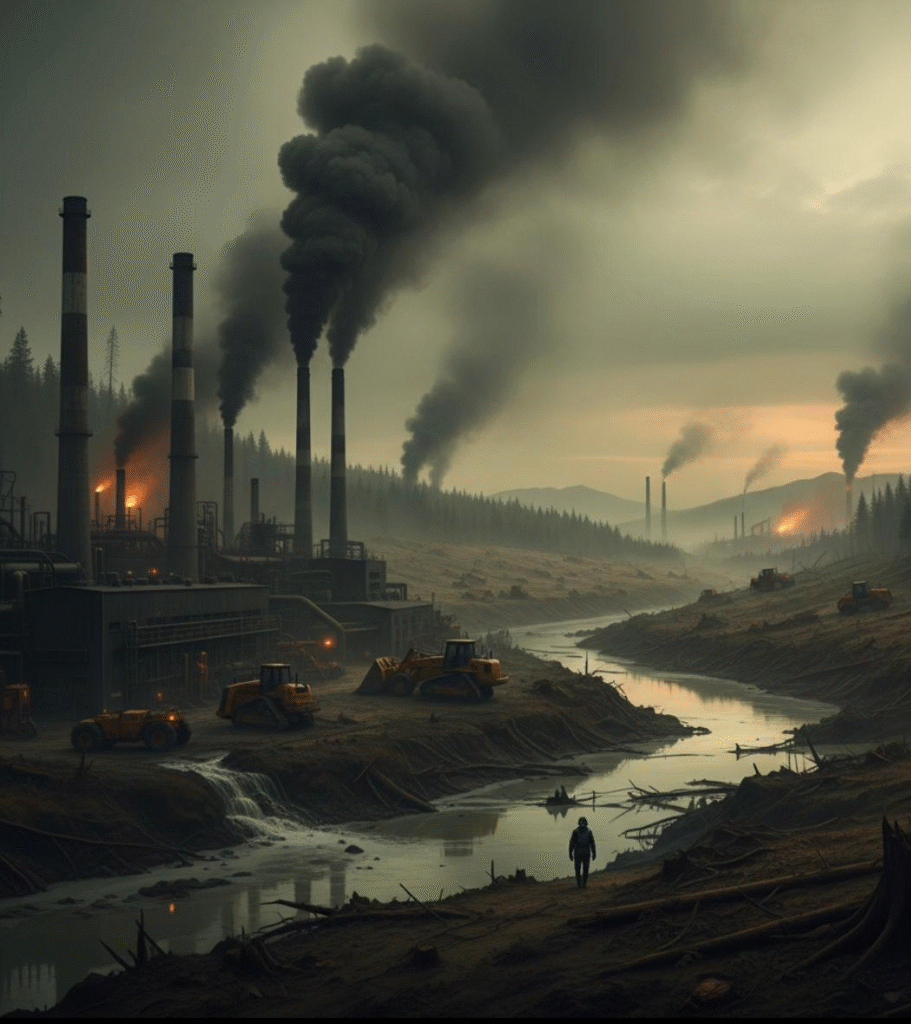
The Real Problem: We’re Taking a Loan from Nature
What is the fundamental problem with our current resource consumption?
- We consume Earth’s resources without thought for consequences
- We take without giving back, disrupting natural cycles
- Natural cycles took millennia to establish—we’re disrupting them in decades
- We casually waste fresh water washing floors and vehicles
- Reusable water is flushed down drains instead of being recycled
- We generate massive amounts of untreated sewage
- Rivers choke with pollution from our homes and industries
- We’re not just depleting finite resources—we’re taking a massive loan
- This loan won’t be repaid with money—it will be paid by future generations
The Debt Future Generations Will Pay:
- Clean water will become precious and scarce
- Fertile soil will disappear
- Basic needs we take for granted will become luxuries
- They’ll inherit a crisis instead of opportunity
- They’ll face scarcity instead of abundance
- They’ll spend their lives solving problems we created
Aquasave: Action Through Awareness
What exactly is Aquasave and what is its core philosophy?
- A sustainability startup focused on water conservation
- Founded on the principle: “use less and reuse more”
- Born from recognizing we fail to give back what we take
- Not about protest—about awareness and education
- Mission to shift mindsets from consumption to conservation
- Goal to shift thinking from waste to reuse
- Builds a community of “Aquasavers”—conscious citizens committed to sustainable habits
- Proves environmental responsibility and business profitability coexist
- Equips every stakeholder with knowledge and tools for change
How Does This Work in Practice?
- Through grassroots awareness campaigns
- By engaging multiple levels of society
- By making sustainability profitable for businesses
- By teaching sustainable habits to younger generations
- By creating communities of like-minded change-makers
- By providing practical, implementable solutions
- By demonstrating real-world impact and results
Aquasave’s Main Campaign Initiatives
The “Pani ke SuperHero” Campaign
- Brings water sustainability lessons directly into schools
- Teaches schoolchildren sustainable water habits from young age
- Builds eco-conscious thinking into the next generation
- Creates advocates for environmental change within families
- Reaches thousands of students annually
- Changes mindsets before bad habits form
- Empowers children to become environmental leaders
- Spreads awareness through family networks
The “Shrink your Water Footprint” Program
- Works specifically with businesses and corporations
- Demonstrates how to be eco-friendly and profitable simultaneously
- Shows how water reuse reduces operational costs dramatically
- Reduces environmental impact while improving bottom line
- Implements practical water recycling systems
- Helps companies understand their water consumption
- Provides tools to measure and reduce water footprint
- Proves sustainability drives efficiency and profitability
- Creates competitive advantage for early adopters
Environmental Responsibility: A Shared Burden
Who is responsible for solving environmental problems?
The Government’s Role:
- Creates and enforces environmental policies
- Programs like Namami Ganga and Yamuna action plans are essential
- Regulation and oversight matter significantly
- Policy sets the framework for change
- Government resources drive large-scale initiatives
But Here’s the Critical Reality:
- Success of government programs directly depends on citizen participation
- Untreated sewage from households and industries remains major pollutant
- No amount of government intervention can clean rivers if source continues
- Citizens must reduce sewage generation through responsible consumption
- Water reuse and recycling reduce burden on treatment systems
- Rivers cannot heal without addressing sewage at the source
- Direct link exists between citizen behavior and program effectiveness
- Bottom-up action combined with top-down policy creates real change

Who Needs to Be Involved in Creating Environmental Change?
- Homemakers managing household water consumption
- CEOs leading corporate sustainability initiatives
- Students learning and spreading awareness
- Social influencers amplifying environmental messages
- Business leaders implementing water systems
- Government officials creating and enforcing policies
- Communities working collectively for local impact
- Families adopting sustainable daily habits
- Teachers educating next generation
- Environmental advocates spreading awareness
- Every citizen making conscious choices
Why Everyone Matters:
- Real environmental change requires symphony of action
- No single sector can solve this alone
- Collective action multiplies individual efforts
- Each level of society has unique influence and reach
- Communities that act together create transformation
- Broader participation accelerates results

The Sewage Problem Nobody Talks About
Why is untreated sewage a critical environmental problem?
The Problem:
- Remains major contributor to river pollution
- Comes directly from households and industries
- Flows into rivers year after year, accumulating damage
- Kills aquatic life and destroys ecosystems
- Contaminates groundwater and drinking sources
- Makes rivers unusable for communities downstream
- Creates health hazards for millions of people
- Destroys biodiversity and ecological balance

Why Government Efforts Alone Can’t Fix It:
- Government cleanup initiatives cannot succeed without reducing source
- Treatment facilities are overwhelmed by sewage volume
- Infrastructure capacity is far below sewage generation
- It’s impossible to treat what citizens refuse to reduce
- Resources spent on treatment could be invested in prevention
- Reducing sewage at source is infinitely more effective than treating it
How Citizens Can Help:
- Consume water responsibly and reduce usage
- Reuse water for multiple purposes before disposal
- Implement water recycling systems at home
- Reduce sewage burden on treatment plants
- Each household’s action reduces system strain
- Collective reduction creates measurable community impact
The Direct Link:
- Citizen behavior determines sewage volume
- Sewage volume determines river health
- River health determines ecosystem survival
- Ecosystem survival determines human survival
- This creates unbreakable chain of responsibility
Redefining Success and Development
What does true development really mean?
It’s NOT About:
- Just building smart cities with technology
- Measuring success only by economic indicators
- Climbing GDP charts and profit margins
- Industrial output and manufacturing capacity
- Speed of urbanization and construction
- Number of innovations created
- How many resources we extract
It IS About:
- Ensuring future generations inherit clean water
- Leaving behind fertile soil and breathable air
- Passing on opportunity instead of obligation
- Handing over a thriving planet, not deteriorating one
- Balancing innovation with environmental sustainability
- Respecting natural cycles that took millennia to establish
- Creating progress that doesn’t destroy the foundation of life
- Leaving legacy of abundance instead of scarcity
The Real Measure of Development:
- Can our children drink clean water?
- Can our grandchildren grow food in fertile soil?
- Can future generations breathe clean air?
- Do they have thriving ecosystems to sustain them?
- Do they inherit opportunity or crisis?
- Can they survive without constant resource conflict?
- Is their future secured or threatened?
Aquasave’s Vision for the Future
What is Aquasave’s vision?
Core Principles:
- Use less, reuse more, respect the natural cycle
- Build community of conscious, committed citizens
- Make sustainable water use a universal norm
- Prove profitability and environmental responsibility coexist
- Empower every individual to make tangible impact
- Leave generations with opportunity instead of crisis
- Transform mindsets from consumption to conservation
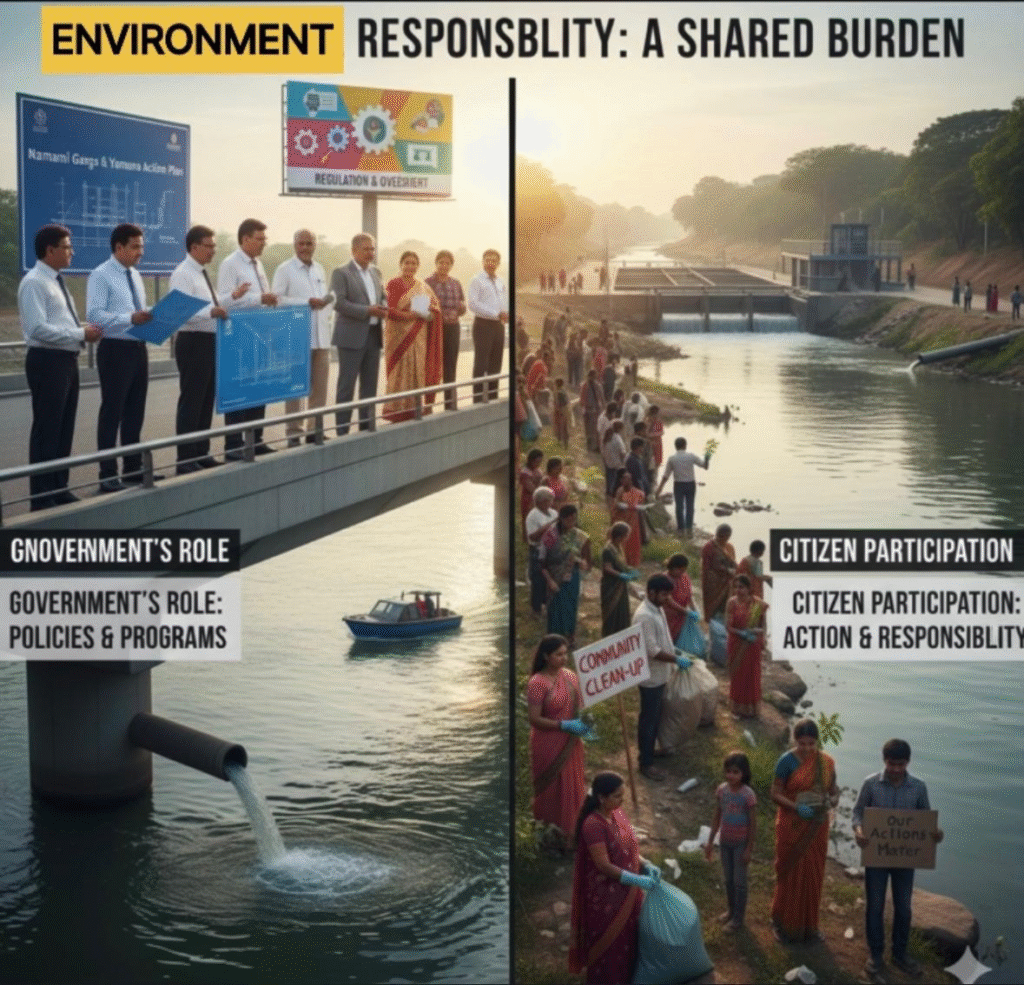
For India Specifically:
- Create greener, happier, more developed nation
- Build sustainable infrastructure that lasts
- Change water consumption patterns at scale
- Make sustainability accessible to all economic classes
- Create models that other developing nations can replicate
- Balance development with environmental protection
- Ensure basic needs like clean water remain available
Long-Term Impact:
- Reduce freshwater consumption across all sectors
- Lower pollution levels in major rivers
- Decrease sewage burden on treatment systems
- Create economic opportunities through sustainability
- Build community resilience and environmental awareness
- Establish India as leader in sustainable development
- Leave thriving ecosystems for future generations
- Prove development and conservation aren’t opposing forces
Why This Matters to You Right Now
What’s the bottom line—why should this matter to you?
The Choice Before Us:
- We can choose short-term convenience
- We can hope next generation finds solutions
- Or we can act now and be remembered as generation that turned tide
- The choice isn’t theoretical—it’s being made right now
- Your choices today determine tomorrow’s outcomes
- Inaction is itself a choice with consequences
Environmental Action Is Essential, Not Optional:
- Because survival depends on it
- Because your children’s future is at stake
- Because clean water is becoming scarce
- Because ecosystems are collapsing
- Because climate change accelerates exponentially
- Because the window for action is closing
- Because individual and collective action still matter
How Your Choices Impact Others:
- Daily choices impact future generations directly
- Single person’s sustainable habit seems insignificant alone
- But multiplied across millions, habits create lasting change
- Communities that act together create transformation
- Businesses embracing sustainability become more resilient
- Families teaching sustainability raise aware children
- Individuals speaking up influence circles around them
- Small actions create momentum that becomes unstoppable
The Time Frame:
- Change isn’t needed in distant future
- Crisis isn’t decades away—it’s happening now
- Actions taken today shape outcomes of next 10-20 years
- Delay increases severity of problems we must solve
- Early action reduces urgency and stress on systems
- Prevention is always easier than crisis management
What Can You Do Right Now?
Immediate Actions You Can Take:
At Home:
- Commit to using less water in daily activities
- Implement water reuse systems (greywater, rainwater)
- Take shorter showers
- Fix leaks immediately
- Reuse water from washing vegetables
- Recycle water from washing clothes
- Install water-efficient fixtures
In Your Community:
- Support businesses adopting sustainable practices
- Spread awareness about water conservation
- Organize awareness sessions in your area
- Engage with local environmental initiatives
- Partner with schools and institutions
- Connect with other concerned citizens
- Start community water conservation projects
- Advocate for better municipal water policies
With Children:
- Teach sustainable environmental habits
- Explain why water conservation matters
- Make it fun and engaging for them
- Model sustainable behavior yourself
- Support school sustainability programs
- Encourage environmental clubs and activities
- Help them understand long-term consequences
- Inspire them to become environmental leaders
In Your Business (if applicable):
- Audit current water consumption
- Identify reuse and recycling opportunities
- Calculate potential cost savings
- Implement water recycling systems
- Train staff on water conservation
- Set measurable sustainability goals
- Share results with customers
- Inspire other businesses to follow
Join the Movement:
- Become an “Aquasaver”
- Challenge yourself to “shrink your water footprint”
- Pick one sustainable habit today
- Build habits gradually and sustainably
- Share your journey with others
- Hold yourself accountable
- Celebrate small wins
- Connect with community of like-minded people
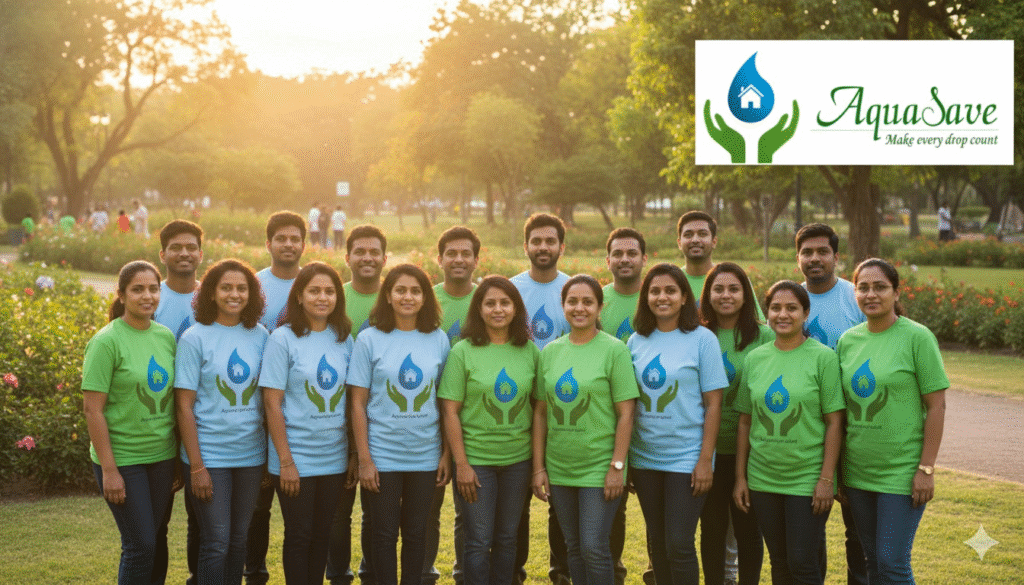
The Question That Changes Everything
What legacy do you want to leave for the next generation—and what’s one sustainable habit you can commit to starting today?
This Question Matters Because:
- It forces honest self-reflection
- It connects personal choices to larger impact
- It clarifies what truly matters to you
- It motivates action beyond platitudes
- It creates accountability
- It shifts mindset from passive to active
- It inspires others through your example
- It defines your values and priorities
The Answer Will Define:
- Not just your future
- But the future of generations to come
- The world your children inherit
- The opportunities available to them
- Whether crisis or abundance defines their lives
- Whether they thank you or blame you
- The legacy you leave behind
- The impact you had on this world
Join the Movement Today :https://aquasave.in/
Aquasave is building a community of conscious citizens committed to sustainable water use.
- The movement is growing every day
- The time for action is now
- The opportunity is in front of you
- The impact you can make is real
- The change starts with you
Use less. Reuse more. Respect nature.
Because the time for change isn’t tomorrow—it’s now.



